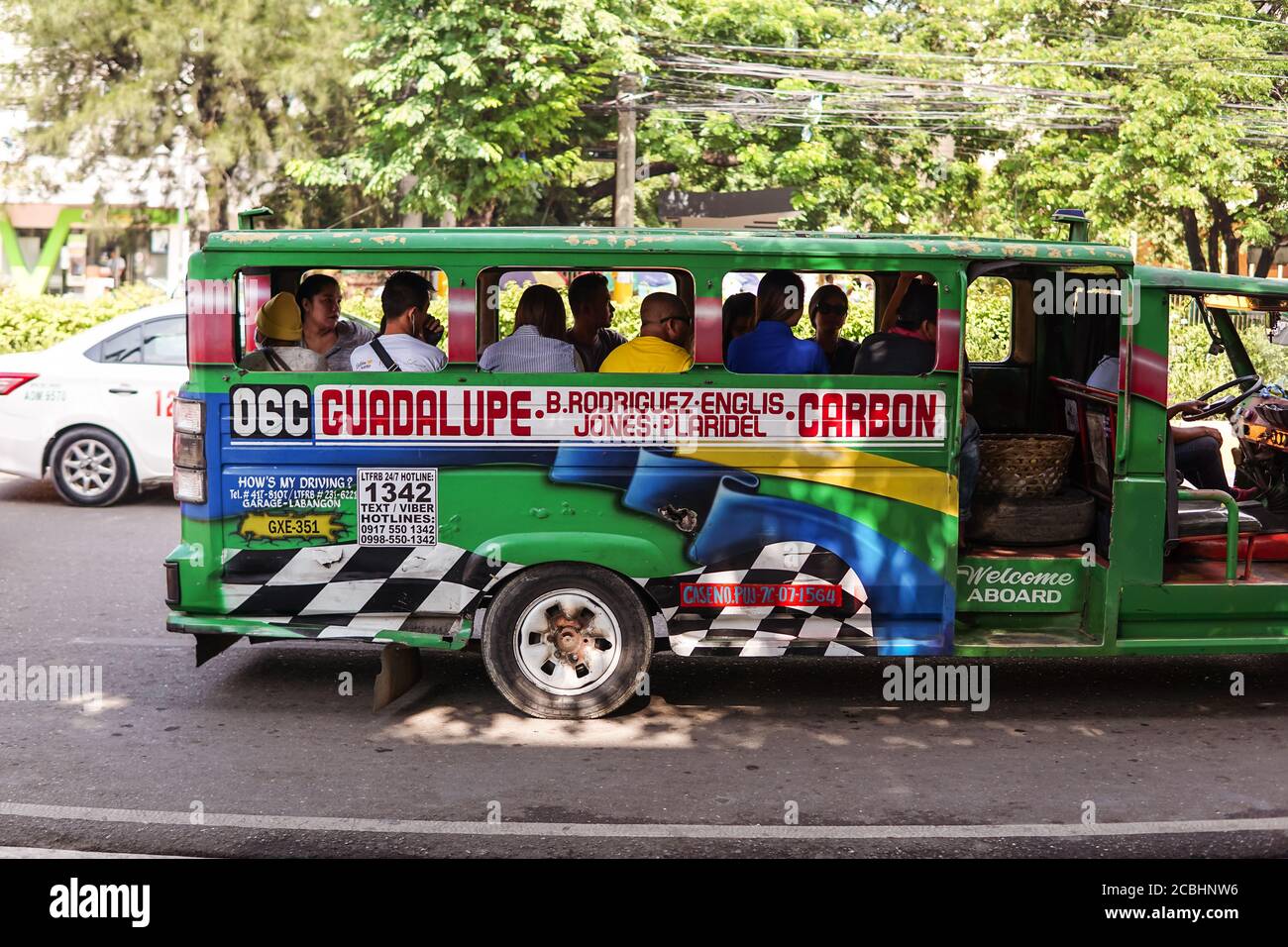Transit Advertising Philippines for Unmatched Brand Name Presence
Wiki Article
A Detailed Assessment of the Strategies and Techniques for Successful Transportation Marketing Campaigns
Transportation marketing campaign provide a special opportunity for brand names to involve with varied audiences in vibrant settings. To accomplish success, it is important to understand the nuances of target demographics, execute cutting-edge design approaches, and choose optimum placement locations. Additionally, the performance of these campaigns can be significantly improved by very closely monitoring performance metrics and adjusting tactics as necessary. As we explore these critical elements, it ends up being clear that the course to an impactful transportation advertising approach is both fulfilling and intricate, elevating the question of just how ideal to browse these complexities for optimal brand name exposure.Comprehending Target Demographics
Recognizing target demographics is critical for the success of transportation marketing campaign (Transit Advertising Philippines). Recognizing certain target market sections enables advertisers to tailor their messages successfully, ensuring that the content reverberates with the designated audiences. This approach boosts engagement and makes the most of roiTo effectively examine target demographics, online marketers need to think about a number of crucial variables, including age, revenue line of work, way of living, and level preferences. As an example, a campaign targeted at young professionals may concentrate on convenience and modernity, while one targeting family members could emphasize security and reliability. In addition, geographic aspects such as country versus city settings can significantly influence consumer actions and choices.
Data collection techniques such as studies, emphasis teams, and social networks analytics supply important understandings into demographic patterns and customer routines. By leveraging this details, marketers can craft compelling stories that line up with the values and requirements of their target market.
Eventually, understanding target demographics not just educates the tactical instructions of transit advertising and marketing projects yet additionally ensures that resources are allocated effectively. This targeted technique enhances the probability of accomplishing campaign purposes, promoting brand name commitment, and driving conversions.
Creative Layout Strategies
Efficient interaction with target demographics relies greatly on innovative imaginative style techniques in transportation advertising campaigns. To efficiently capture attention in a congested visual setting, designers should prioritize clearness and visual impact. Utilizing bold colors and high-contrast aspects can boost visibility, making certain that messages are conveniently clear from a range.Incorporating dynamic images that reverberates with the target market is essential. Aesthetic narration techniques can stimulate emotions and produce remarkable organizations with the brand name. In addition, calculated use of typography assists convey important info promptly; ideal dimensions and legible font styles further improve readability.
Incorporating interactive components, such as QR codes or enhanced fact attributes, can engage travelers past passive monitoring (Transit Advertising Philippines). These strategies not only advertise user communication yet likewise connect the gap in between conventional advertising and digital engagement
Additionally, utilizing area creatively-- whether on bus covers, transit sanctuaries, or metro advertisements-- can bring about ingenious layouts that damage the mold and mildew of standard advertising and marketing. By welcoming artistic imagination while preserving brand uniformity, campaigns can foster a solid link with their audience, ultimately driving both awareness and activity. The assimilation of these design methods is paramount for accomplishing effective transit advertising outcomes.
Strategic Positioning Techniques
Making the most of the effect of transit marketing pivots on strategic positioning approaches that ensure optimal presence and involvement. Efficient placement entails examining high-traffic locations and recognizing guest demographics to recognize the most helpful locations for advertisement display screens. For example, placing ads near entries and leaves of transit automobiles can record the important link focus of boarding and alighting passengers, thus enhancing exposure.Additionally, using both outside and indoor surface areas of transportation lorries can substantially expand reach. Exterior ads, noticeable throughout commutes, engage pedestrians and various other chauffeurs, while indoor ads target passengers in a captive atmosphere. In addition, placing ads in transit hubs, such as bus terminals or train terminals, allows for raised perceptions as commuters change between different settings of transport.
Timing is additionally vital; aligning the campaign launch with peak traveling durations maximizes target market interaction - Transit Advertising Philippines. In addition, leveraging electronic screens in transportation environments can assist in dynamic material, providing real-time updates and improving customer communication. By using these tactical placement techniques, marketers can ensure that their transit marketing projects attain maximum presence, reverberate with the target market, and ultimately drive preferred results

Measuring Project Effectiveness
To analyze the success of transportation marketing campaign, it is vital to use a selection of dimension strategies that provide understandings into target market interaction and total effectiveness. One primary method is using crucial performance indicators (KPIs), such as reach, impressions, and engagement prices, which quantify how several individuals communicated and viewed the ad with it.Surveys and focus teams can also contribute in assessing customer perceptions and recall, allowing online marketers to understand the effect of their messaging. Furthermore, tracking web site traffic and social media engagement during and after the campaign aids determine direct actions to the advertising and marketing.
One more efficient strategy is using location-based analytics, which can supply information on foot traffic around specific transit areas, supplying understandings click for source into whether the project effectively recorded the interest of travelers. Furthermore, evaluating sales data can reveal relationships between transportation advertising and marketing and boosted income, supplying substantial evidence of a campaign's performance.
Study of Success
Recognizing the effectiveness of transportation advertising and marketing projects with dimension techniques prepares for examining real-world examples that highlight effective end results. One noteworthy study includes a national beverage brand that utilized bus covers in city locations. The campaign aimed to increase brand name presence and sales throughout the summer season. By using geo-targeted digital ads and analytics, the brand gauged a 30% increase in sales in regions where the wraps were prominently presented, demonstrating the straight impact of transit marketing.One more compelling instance comes from a local not-for-profit company that launched a project on metro platforms to promote a community occasion. The usage of direct engagement via modern technology amplified the campaign's reach and performance.

Final Thought
In summary, effective transit advertising campaigns require a detailed technique that incorporates an understanding of target demographics, innovative design techniques, and calculated positioning. Collectively, these strategies foster brand presence and make best use of the return on investment in transit marketing initiatives.Comprehending target demographics is vital for the success of transit advertising campaigns.Effective interaction with target demographics counts heavily on innovative creative layout techniques official website in transportation advertising and marketing projects. By employing these tactical placement techniques, online marketers can guarantee that their transportation advertising and marketing projects accomplish maximum exposure, resonate with the target audience, and inevitably drive wanted results.
Comprehending the performance of transit marketing projects via measurement methods lays the foundation for analyzing real-world instances that show effective end results.In recap, successful transportation marketing campaigns require a thorough strategy that integrates an understanding of target demographics, ingenious design strategies, and tactical positioning.
Report this wiki page